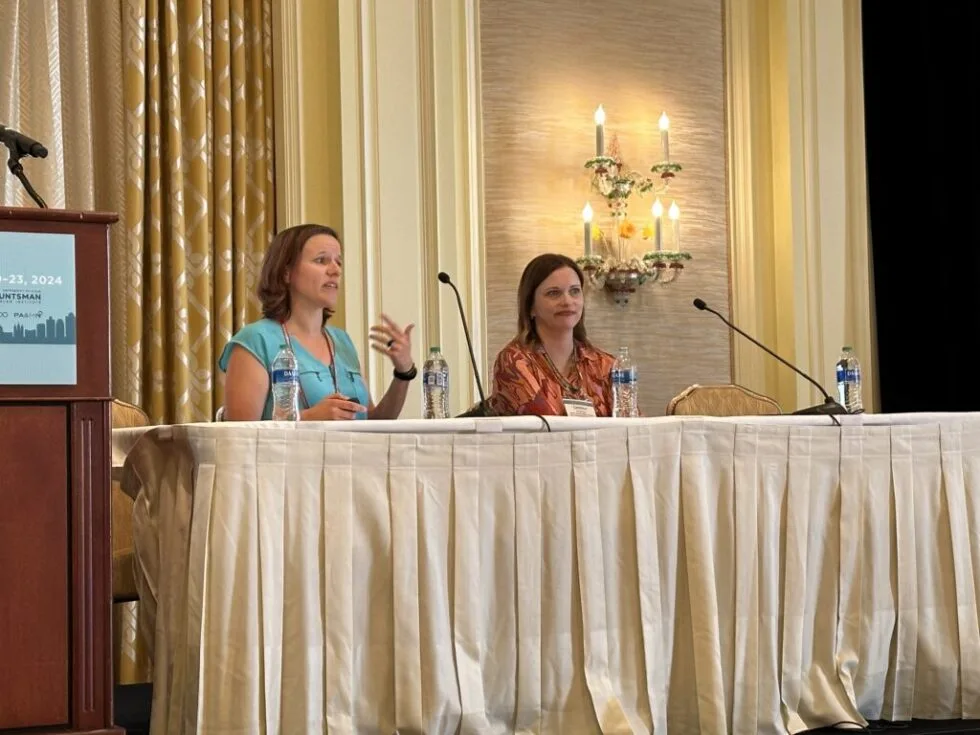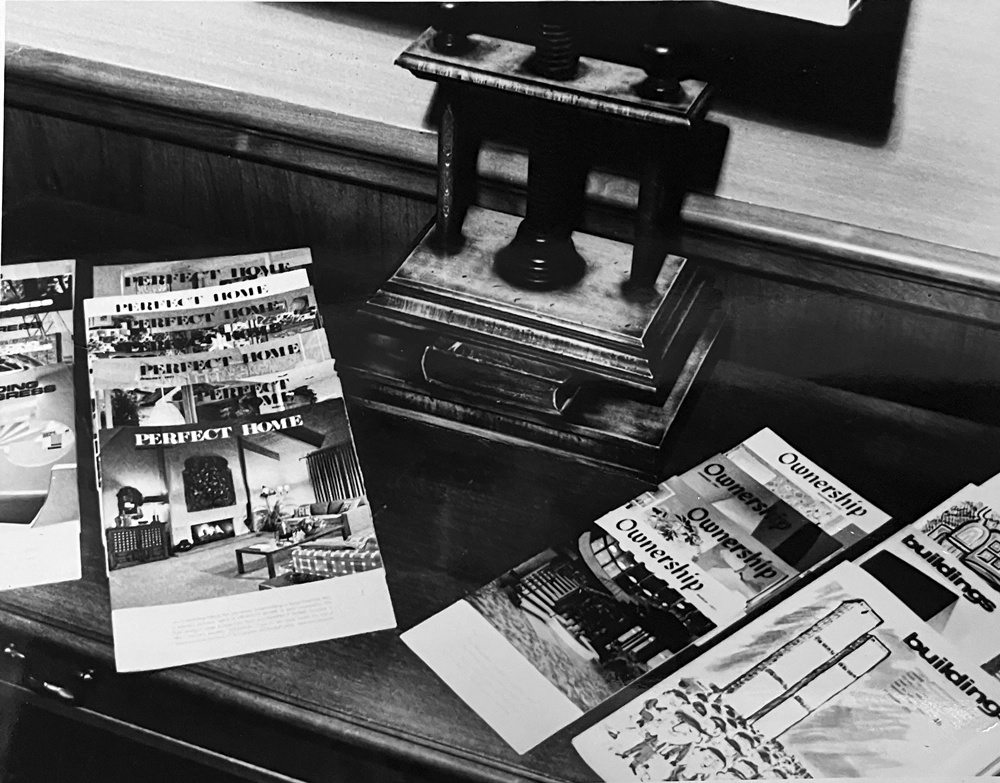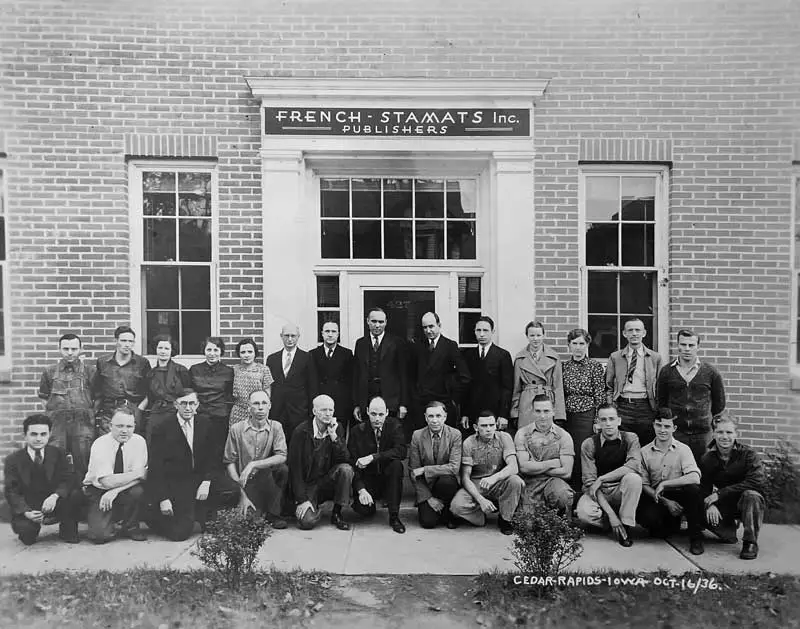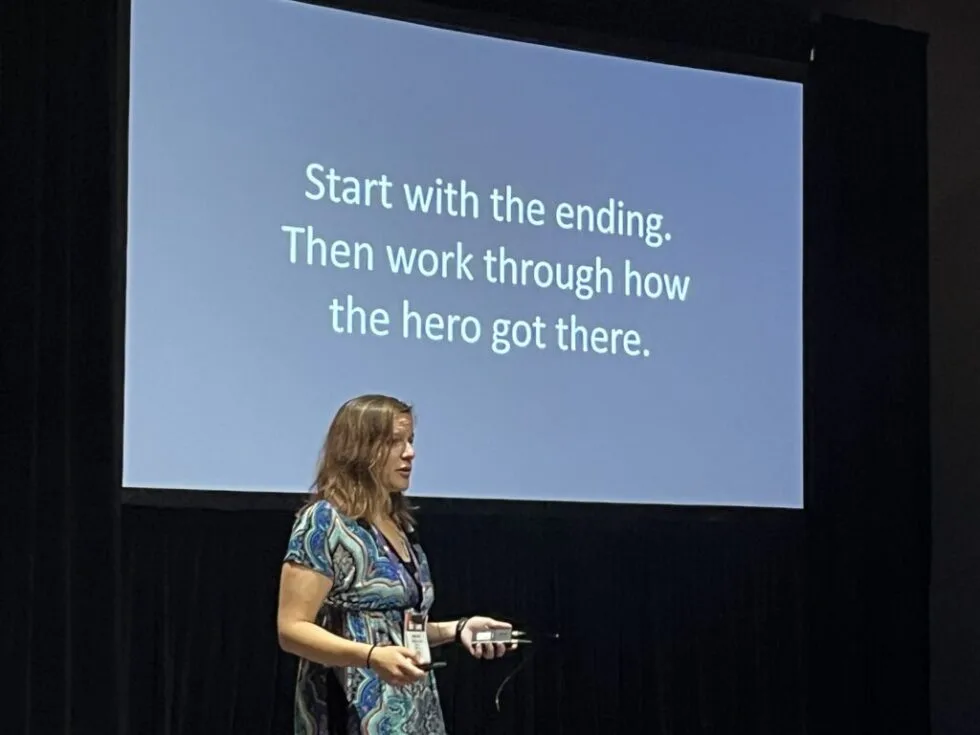Category: Content
-

Triple Advantage: Pro Tips to Leverage SEO, PR, & Content Marketing
-

Storytelling: Its Enduring Power in the Age of AI
-

Enterprise Content AI Implementation Success Story
-

The ‘Who’ and ‘Why’ Behind Gen Z Employees: What We’ve Learned at Stamats
-

1943-1952: Decade of Challenge & Growth
-

1953-1962: The Decade of Expansion
-

1923-1942: How It All Began
-

AI, Oh My! How Content Marketers Grapple with the Robot Invasion and More Lessons from CMWorld
-

1963-1973: The Decade of Transition








